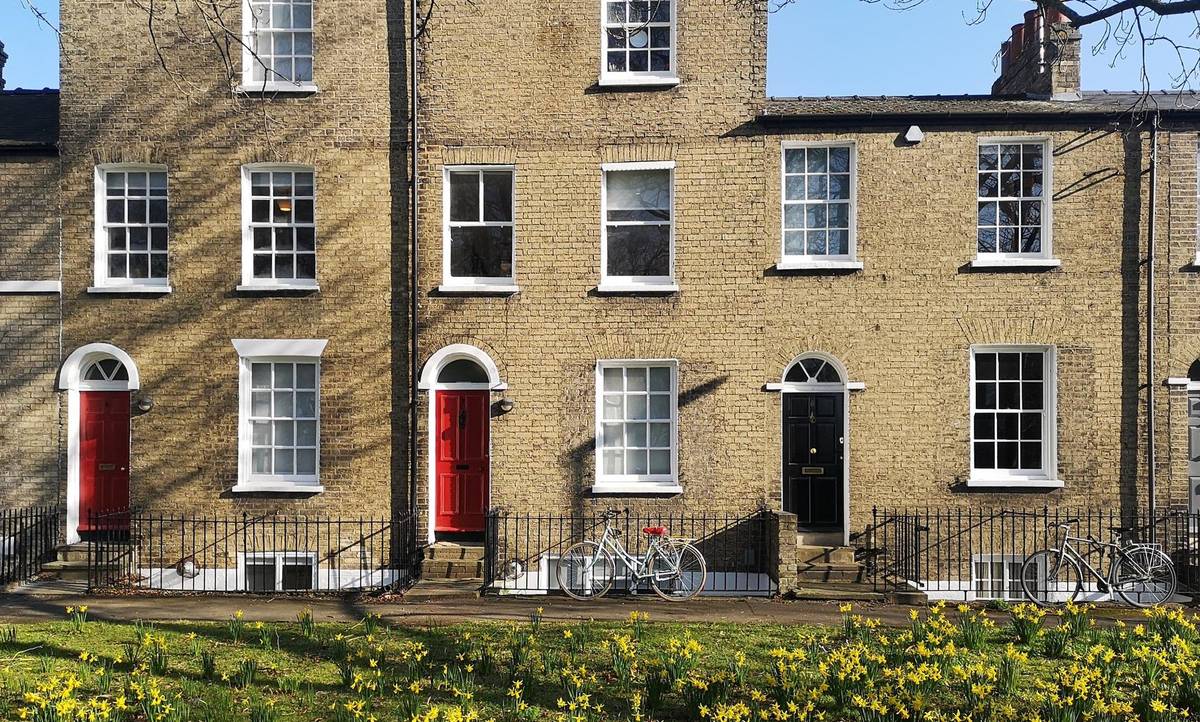How to get the best broadband in a house share
Speed and capacity: matching broadband to busy homes
One of the biggest challenges is speed. What feels fast for one person can grind to a halt when four or five people are all online. House shares can easily overwhelm even “superfast” (30-300Mbps) broadband if everyone is streaming Netflix, gaming or on Zoom calls at the same time.
The simplest solution is to go for as much speed as you can reasonably afford. For smaller houses, 200Mbps is a sensible starting point, but bigger HMOs may want 500Mbps or even gigabit speeds to keep everybody happy. If your street has full fibre (FTTP) available, it’s almost always the best option. If you’re stuck with older copper-based partial fibre (FTTC), at least get the highest speed plan possible to give your household a fighting chance.
Coverage: beating black spots in larger homes
Even with plenty of speed, shared houses can suffer from poor coverage. Provider-supplied routers sometimes struggle to push a strong signal through thick walls or across three floors, leaving some rooms in constant Wi-Fi limbo.
A good fix is to upgrade to a mesh Wi-Fi system, which uses multiple nodes to blanket the property with a strong signal. These can be bought separately or sometimes added to your broadband package. If mesh isn’t an option, try placing the router in a central location and use boosters or powerline adapters to strengthen weak areas. In some households, it can even help to run a few wired Ethernet connections into key rooms that you can plug directly into, particularly if one tenant works from home.
Fair use: preventing bandwidth battles
Disputes can arise if one person’s online habits slow things down for everyone else. A flatmate binge-watching 4K shows, gaming late into the night, or downloading torrents can hog a huge share of the bandwidth.
The best solution is to choose a provider that offers unlimited data and a router that allows traffic management or device prioritisation, so you can balance things more fairly. It’s also worth having an upfront discussion with housemates about heavy usage. Agreeing on simple house rules – like not streaming UHD films during peak work hours – can save a lot of arguments later.
Security and privacy: keeping data safe
Shared broadband also means shared access, which can raise privacy concerns. With everyone using the same Wi-Fi password, flatmates may unintentionally connect to smart devices, printers, or even shared files.
To reduce the risks, use routers that support a guest Wi-Fi network, keeping personal devices separate from communal ones. Encourage everyone to set strong passwords on their laptops and phones, and if you’re the contract holder, avoid sharing the router’s admin password unless necessary. For added peace of mind, some modern routers also include built-in security features such as parental controls or malware protection.
Billing and contracts: avoiding awkward situations
Splitting costs is another common headache. In most house shares, one tenant signs the broadband contract and then collects money from the others. This works fine until that tenant moves out, leaving the rest of the house either stuck with the bill or scrambling to set up a new contract.
To avoid this, look at shorter 12-month deals or even rolling monthly contracts, which make it easier to adapt if housemates change. If your landlord provides broadband as part of the rent, check what’s included. While it’s convenient, these packages are often the cheapest available, so you may find yourself with slow speeds that aren’t up to scratch. If that’s the case, it may be worth asking the landlord if you can arrange your own service and pay separately.
Technical limitations: when fast options aren’t available
Not every shared house or flat can get the fastest broadband. Some older properties are still limited to FTTC or even ADSL, which can struggle under heavy use.
Before you move in, it’s worth checking which networks are available. Some alternative providers such as Hyperoptic, Community Fibre, or Gigaclear specialise in upgrading blocks of flats or rural areas, often delivering faster speeds than Openreach connections. If full fibre really isn’t an option, combine the fastest FTTC deal available with strong Wi-Fi equipment to squeeze the best possible performance out of your setup.
Find the perfect plan
Getting the best broadband in shared houses and HMOs isn’t just about choosing the cheapest deal. It’s about finding a service that can handle multiple users, reach every room, stay secure and fit into the household’s budget.
With the right speed, the right equipment and the right contract, you can avoid buffering battles, cut down on disputes and make sure everyone gets a fair slice of the connection. Have a look at what deals are available to your house share with our postcode checker.




